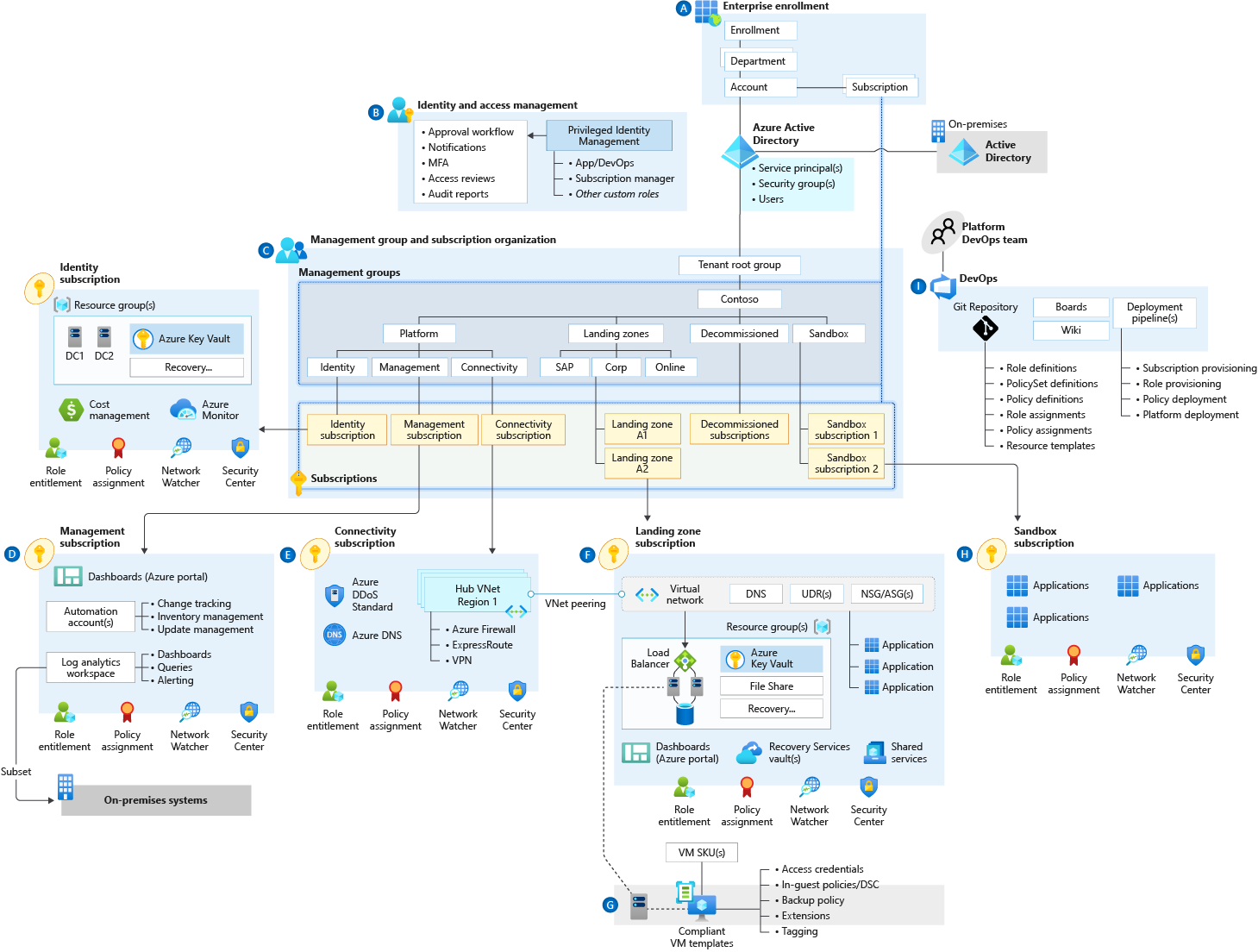Introduction:
A Minimum Viable Product (MVP) is a concept from the Lean Startup methodology that emphasizes the speed of getting the initial product to the market. But how much does it cost to build an MVP, and why is it important? Let’s dive in.
How Much Does It Cost to Build an MVP?
The cost of building an MVP can vary significantly based on numerous factors:
- Complexity and Scope: The more features your product has, the more it will cost. MVPs, by definition, should only include the minimum features necessary to solve the user’s problem and provide value.
- Technology Used: Different technologies come with different price tags. The cost can also vary depending on whether you’re building a web, mobile, or cross-platform app.
- Development Team: Hiring a development team can be expensive, but their expertise can be invaluable. Costs can vary based on the team’s location, experience, and the project’s duration.
- Third-Party Services: If your MVP requires the integration of third-party services, this can add to the cost.
As a rough estimate, an MVP can cost anywhere from $10,000 to $50,000 or more. However, this is a broad range and the actual cost will depend on the specifics of your project.
Why Build an MVP?
- Market Validation: An MVP allows you to test your product’s viability in the market before investing heavily in full-scale development.
- Cost-Efficiency: Building an MVP requires less time and resources compared to a full-fledged product, allowing you to manage your budget effectively.
- Attracting Investors: MVPs can help attract investors by demonstrating the potential of your product in real-world scenarios.
- User Feedback: With an MVP, you can gather user feedback early in the development process, allowing you to make necessary adjustments before the final product launch.
Conclusion:
While the cost of building an MVP can vary widely, the value it provides in terms of market validation, cost efficiency, and user feedback makes it a wise investment. Remember, the goal is to build a product that meets the core needs of your users, and an MVP is the first step in that journey.




